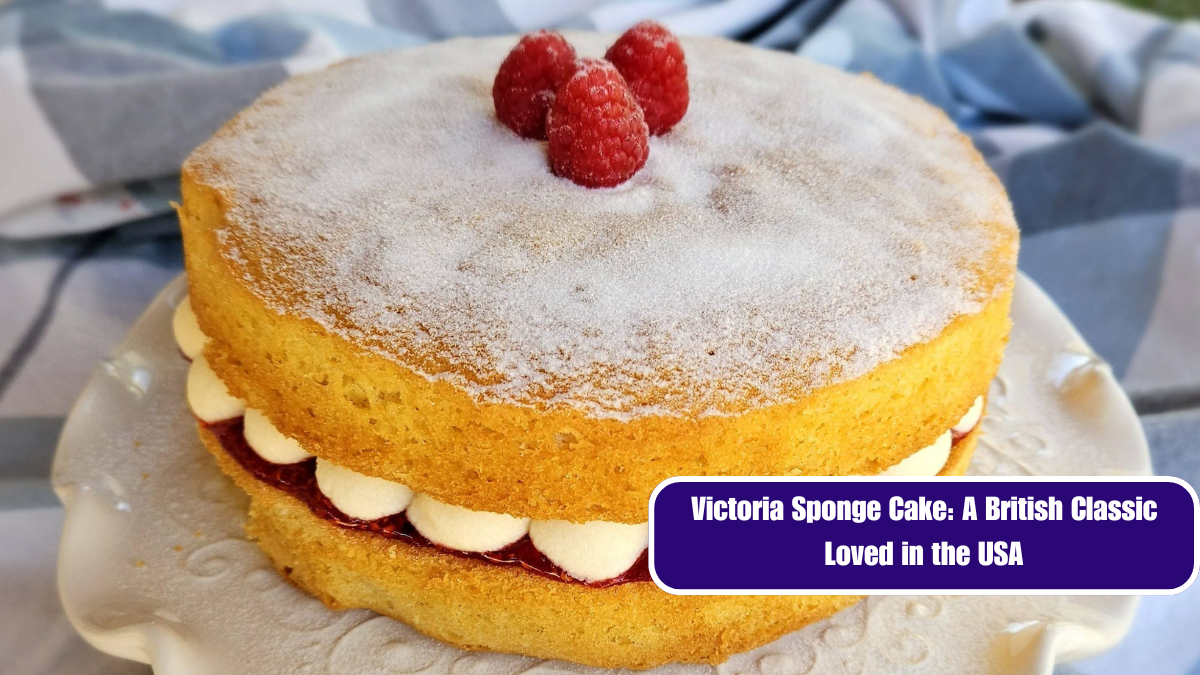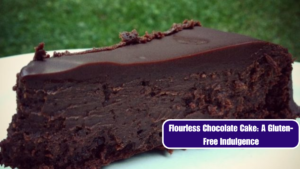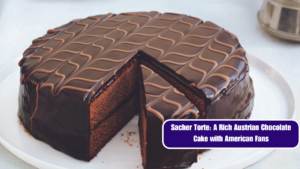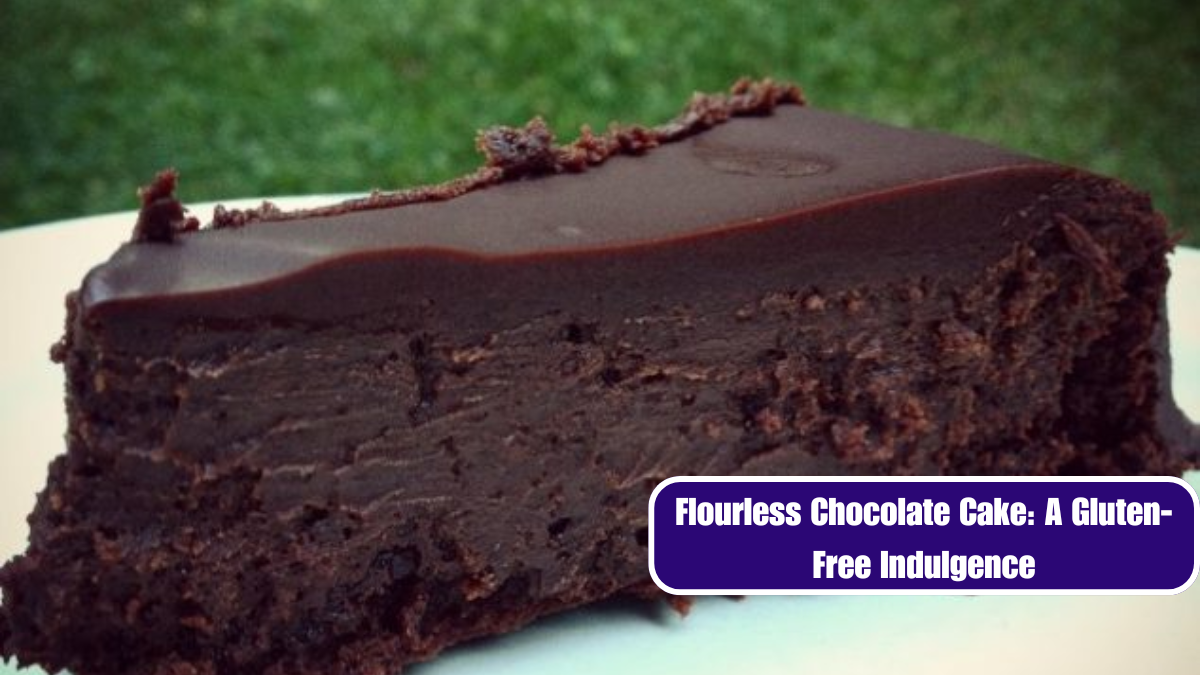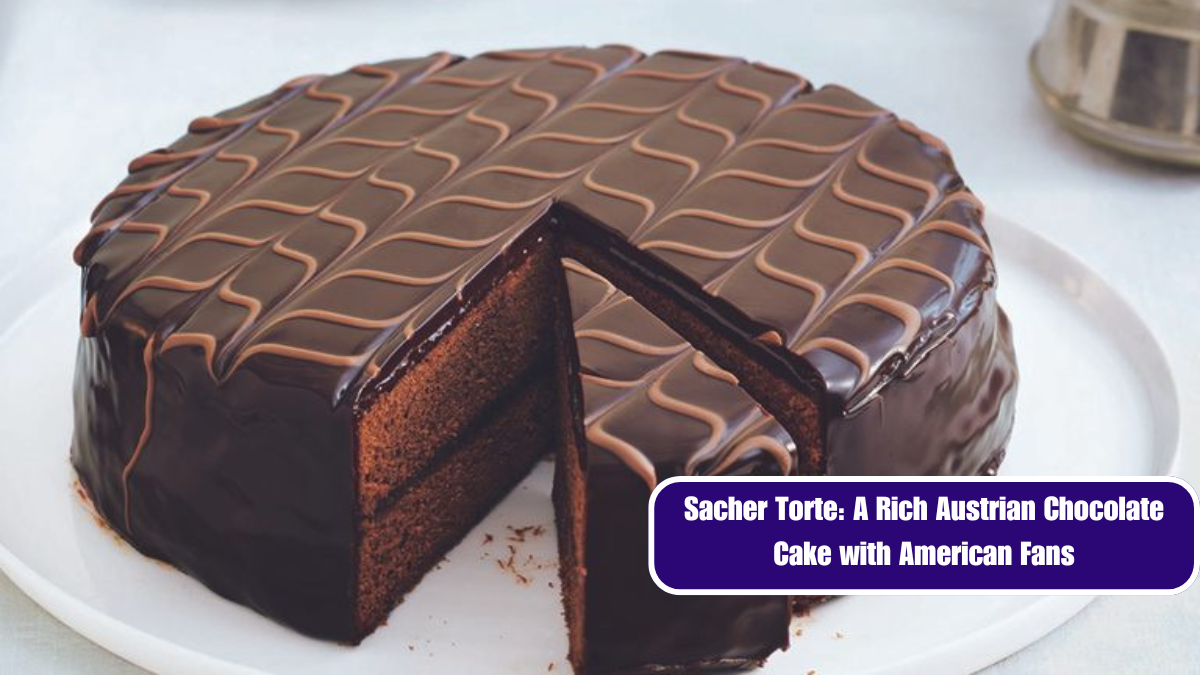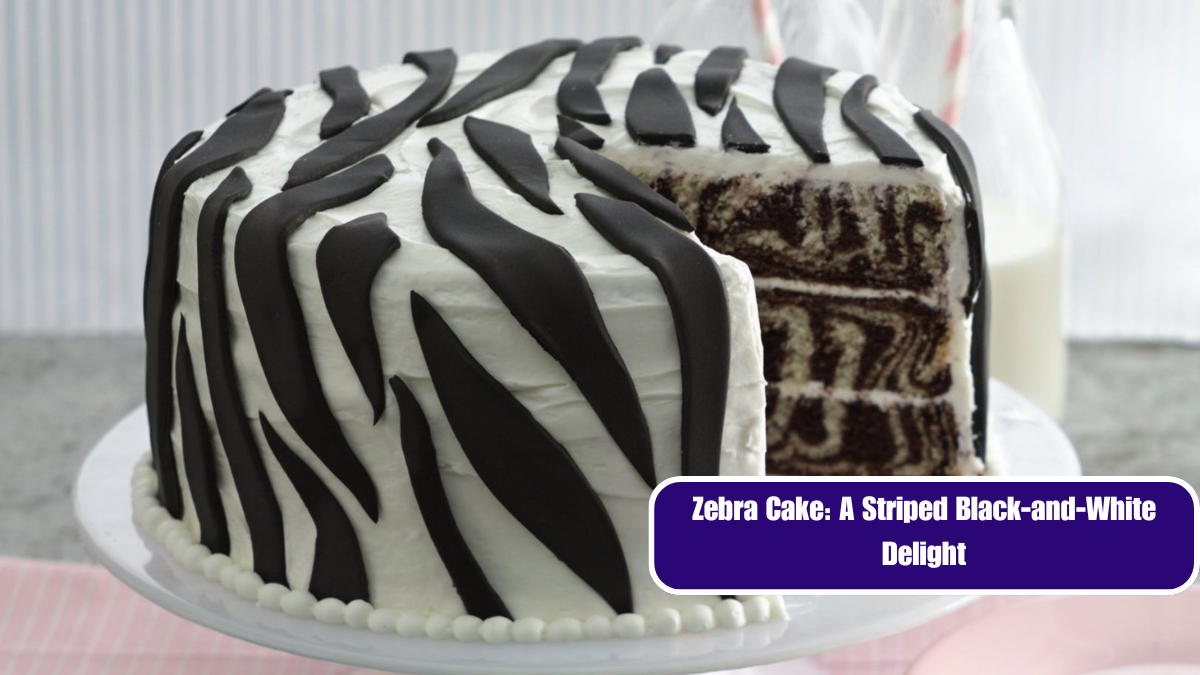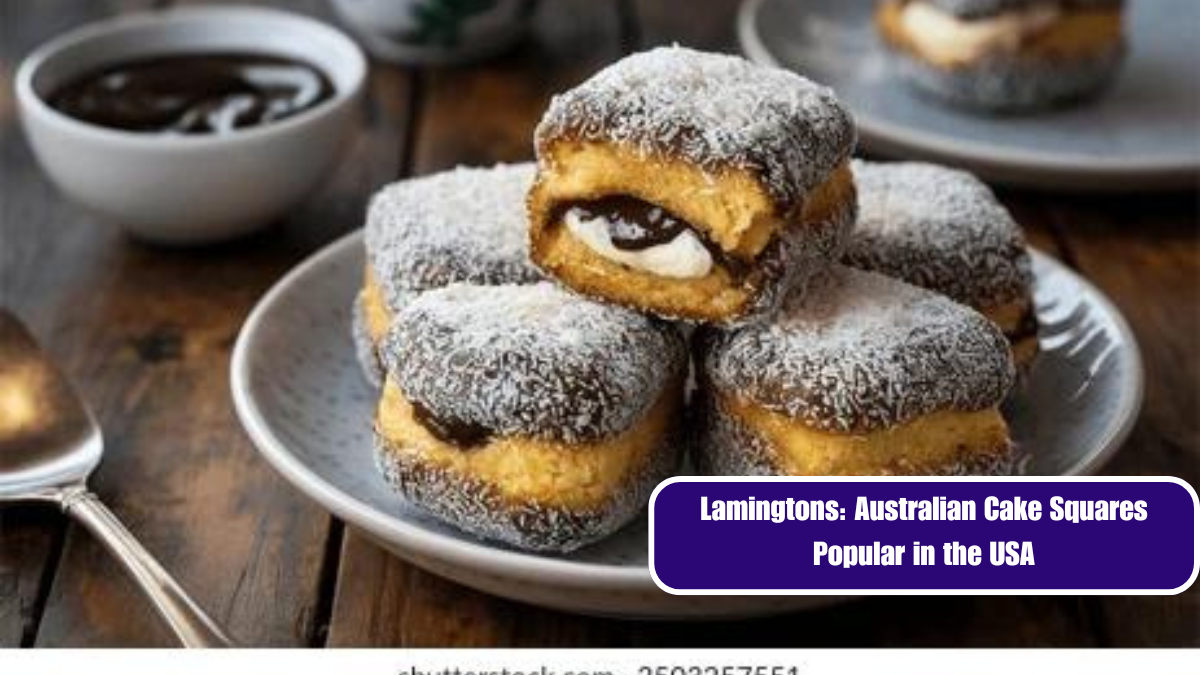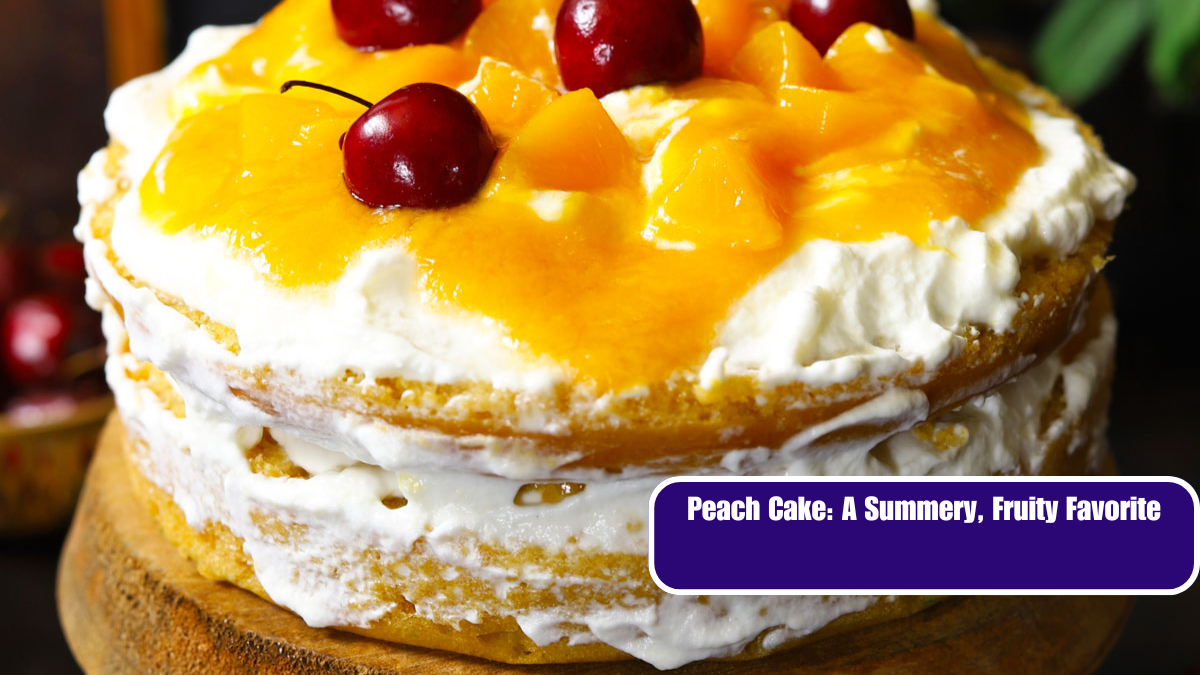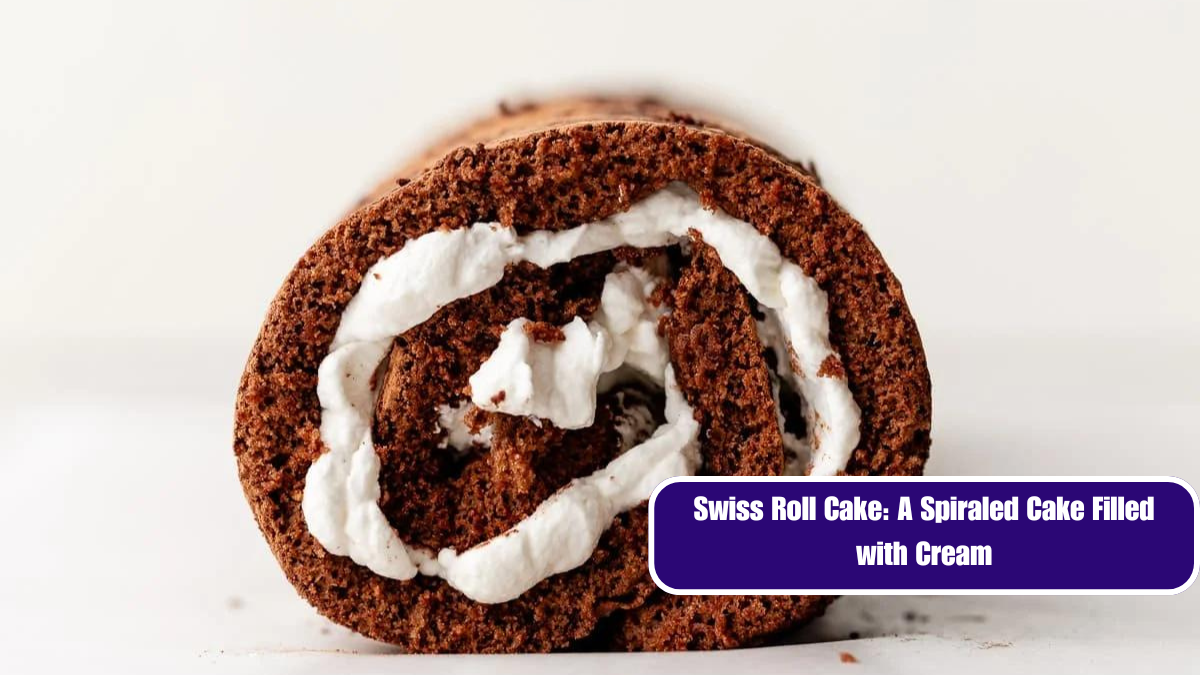When it comes to classic cakes that have crossed the Atlantic and found a new home in the hearts of Americans, few can rival the charm and simplicity of the Victoria Sponge Cake. This quintessential British treat, named after Queen Victoria, has won over taste buds far beyond the UK, becoming a beloved dessert in the USA as well.
A Slice of History
The Victoria Sponge Cake has a storied past that dates back to the 19th century. Named after Queen Victoria, who was known to enjoy a slice with her afternoon tea, the cake is a staple of British culinary tradition. Its simplicity and elegance reflect the understated charm of the British tea time.
The origins of the Victoria Sponge Cake are often attributed to the creation of the sponge cake itself. In the early 19th century, the introduction of baking powder revolutionized the world of baking, making it easier to achieve the light, airy texture that characterizes the Victoria Sponge. The cake’s popularity soared when Queen Victoria herself was known to enjoy it, especially during her afternoon tea.
What Makes It Special?
At its core, the Victoria Sponge Cake is a straightforward sponge cake made with equal weights of flour, sugar, and butter, along with eggs. This simple ratio creates a cake that is light, fluffy, and moist, perfect for layering and filling. The traditional recipe calls for a dusting of powdered sugar on top, but modern variations often include a layer of jam and a dollop of whipped cream or fresh fruit.
The beauty of the Victoria Sponge lies in its versatility. While the classic version features raspberry or strawberry jam and a dusting of sugar, bakers in the USA have embraced a variety of fillings, from lemon curd to chocolate ganache. This adaptability has allowed the Victoria Sponge to find a place in American kitchens, where it is celebrated for its lightness and the ease with which it can be customized.
The American Connection
The Victoria Sponge Cake’s journey across the Atlantic is a testament to its universal appeal. American bakers and dessert enthusiasts have embraced the cake, integrating it into their own baking traditions. Its light texture and simple ingredients make it an ideal choice for a variety of occasions, from casual get-togethers to more formal gatherings.
In the USA, the Victoria Sponge Cake is often featured in afternoon tea parties, bridal showers, and even as a charming alternative to traditional birthday cakes. Its elegance and simplicity make it a favorite among those who appreciate classic, understated desserts. Furthermore, the cake’s ability to be adapted with various fillings and toppings has endeared it to a wide audience, ensuring its place in American culinary culture.
Baking Your Own Victoria Sponge Cake
For those inspired to try their hand at baking this British classic, here’s a simple recipe to get you started:
Ingredients:
- 1 cup (225g) unsalted butter, softened
- 1 cup (225g) granulated sugar
- 2 large eggs
- 1 1/2 cups (190g) all-purpose flour
- 1 1/2 teaspoons baking powder
- 1/2 cup (120ml) milk
- 1/2 cup (120ml) raspberry or strawberry jam
- Powdered sugar for dusting
Instructions:
- Preheat your oven to 350°F (175°C). Grease and flour two 8-inch round cake pans.
- Cream the butter and sugar together until light and fluffy.
- Add the eggs one at a time, beating well after each addition.
- Sift together the flour and baking powder, then gradually add to the butter mixture, alternating with the milk.
- Divide the batter evenly between the prepared pans and smooth the tops.
- Bake for 20-25 minutes, or until a toothpick inserted into the center comes out clean.
- Allow the cakes to cool in the pans for 10 minutes before transferring to a wire rack to cool completely.
- Once cooled, spread the jam on the top of one layer, place the second layer on top, and dust with powdered sugar.
Enjoy a slice of history and a taste of tradition with this delightful cake, and experience why the Victoria Sponge Cake continues to charm dessert lovers on both sides of the Atlantic.
